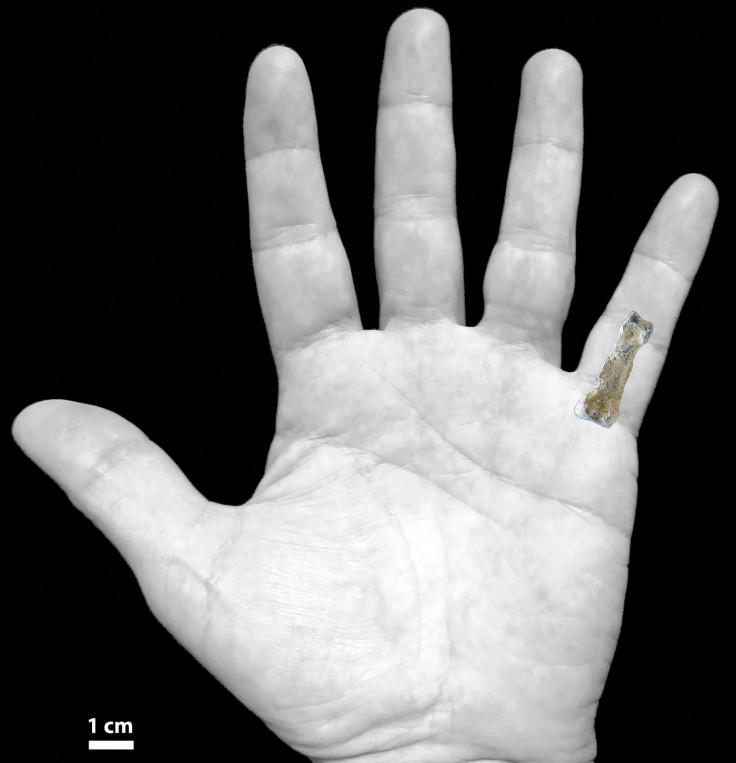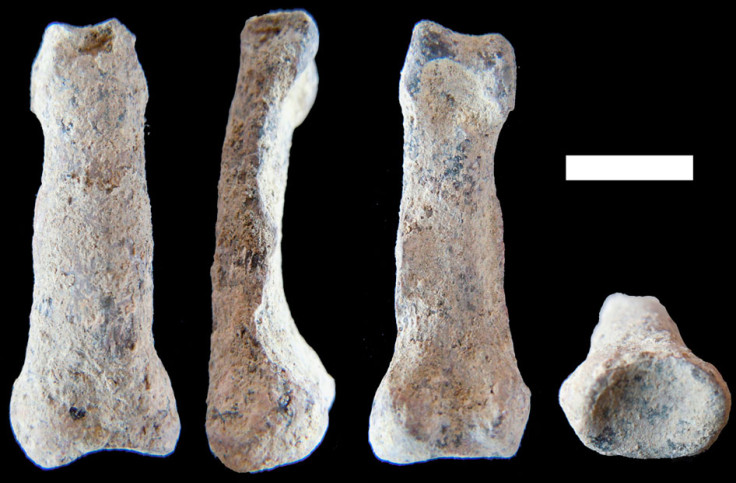1.8 million-year-old hand bone similar to modern day human discovered

Archaeologists have unearthed the oldest modern human-esque hand bone while on a dig in Tanzania.
The fossil belonged to a hominin – ancestors of today's human being – that lived in the east African country some 1.84 million years ago. The report, published in Nature Communications, says the ancestor would have lived at the same time as other hominins such as the Paranthropus boisei and the Homo habilis.
It was thought modern human-like (MHL) hands adapted once our ancestors discovered stone tools but researchers claim that as we find more hominin fossils, a complex pattern of hand bone evolution becomes apparent as hand bones from more recent ancestors are different to the one in question, said the team led by Manuel Dominguez-Rodrigo of the Instituto de Evolucion en Africa, Spain.

They say the bone, which has been dubbed OH 86, "is likely part of the little finger of the left hand of an ancient but modern looking hominin lineage (yet unidentified, although similar to Homo erectus)," according to a press release. They add this lineage of hominins showed noticeable reduction in adaptions for dwelling in trees.
It "adds to previous evidence indicating that several key aspects of modern human body shape emerged very early in human evolution". Nonetheless, the scientists state that due to the complex and non-linear nature of skeletal evolution in hominins, further analysis and more bones of a similar nature are required.
© Copyright IBTimes 2025. All rights reserved.






















